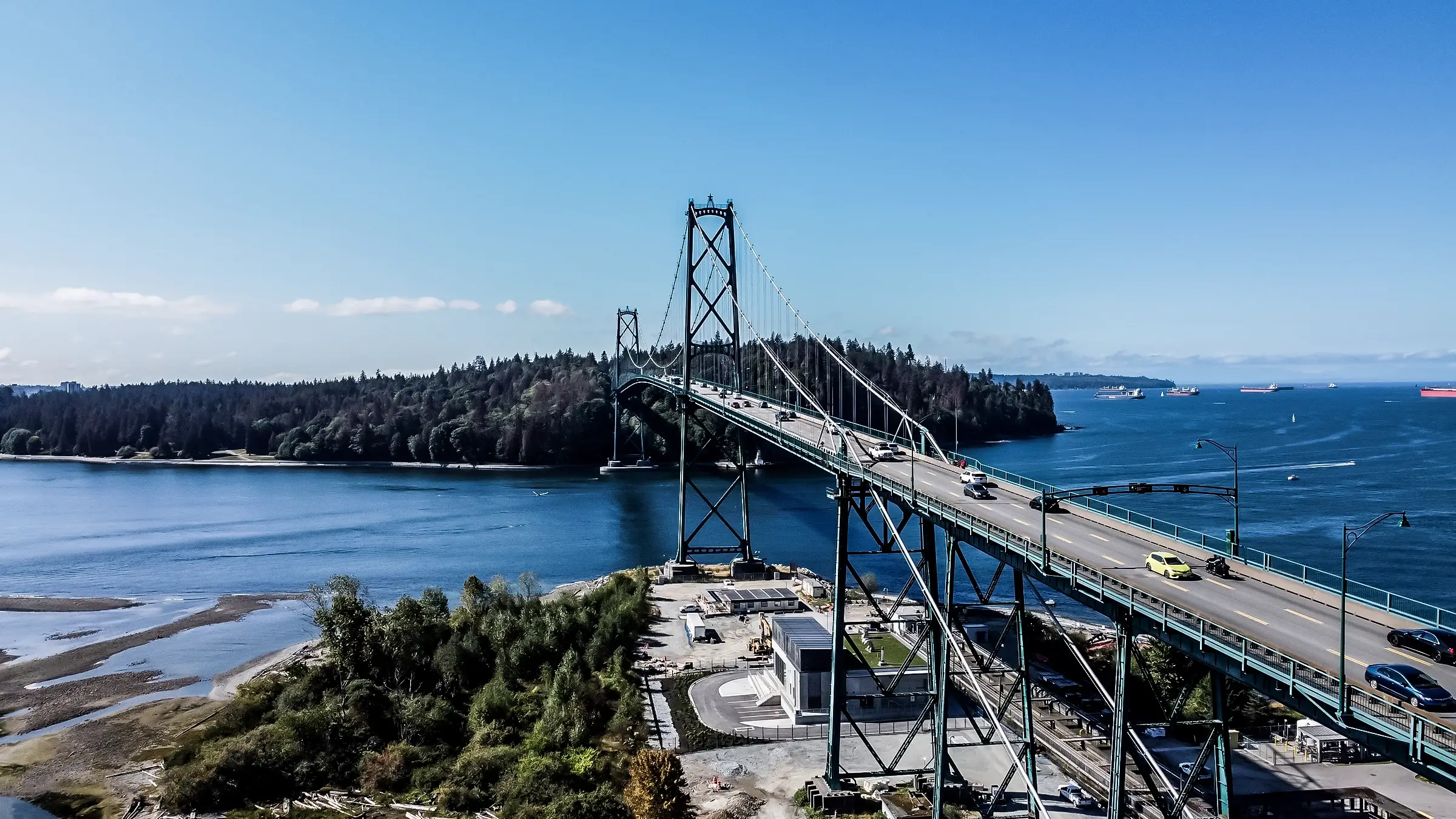
Environmental
Sustainable Standards
Michels Canada recognizes the importance of in an environmentally conscious manner, committing to environmental leadership, and following these six fundamental guidelines which make up our Environmental Policy: Comply fully with the letter and spirit of environmental laws and regulations; Provide employees and subcontractors with the tools to our environmental commitment through education, training, community involvement and stewardship; Protect air, land and water resources in an environmentally sensitive manner; Assist in finding solutions to environmental concerns; Conserve by implementing activities that are economically and operationally to protect the environment, including reducing energy use and air emissions, water and resource consumption, and waste generation; Be good corporate citizens and neighbours by promoting environmental compliance and environmental sustainability.
Environmental compliance within Michels Canada is through the sharing of information, providing applicable orientation/training on environmental sensitivities and associated mitigation, hiring qualified personnel, and providing onsite monitoring of activities through a proactive and adaptive construction approach.
We are aware that federal, provincial, and local regulations exist to protect air, and water resources. We operate in full compliance with all applicable environmental regulatory requirements to ensure the protection of our natural resources during construction activities.
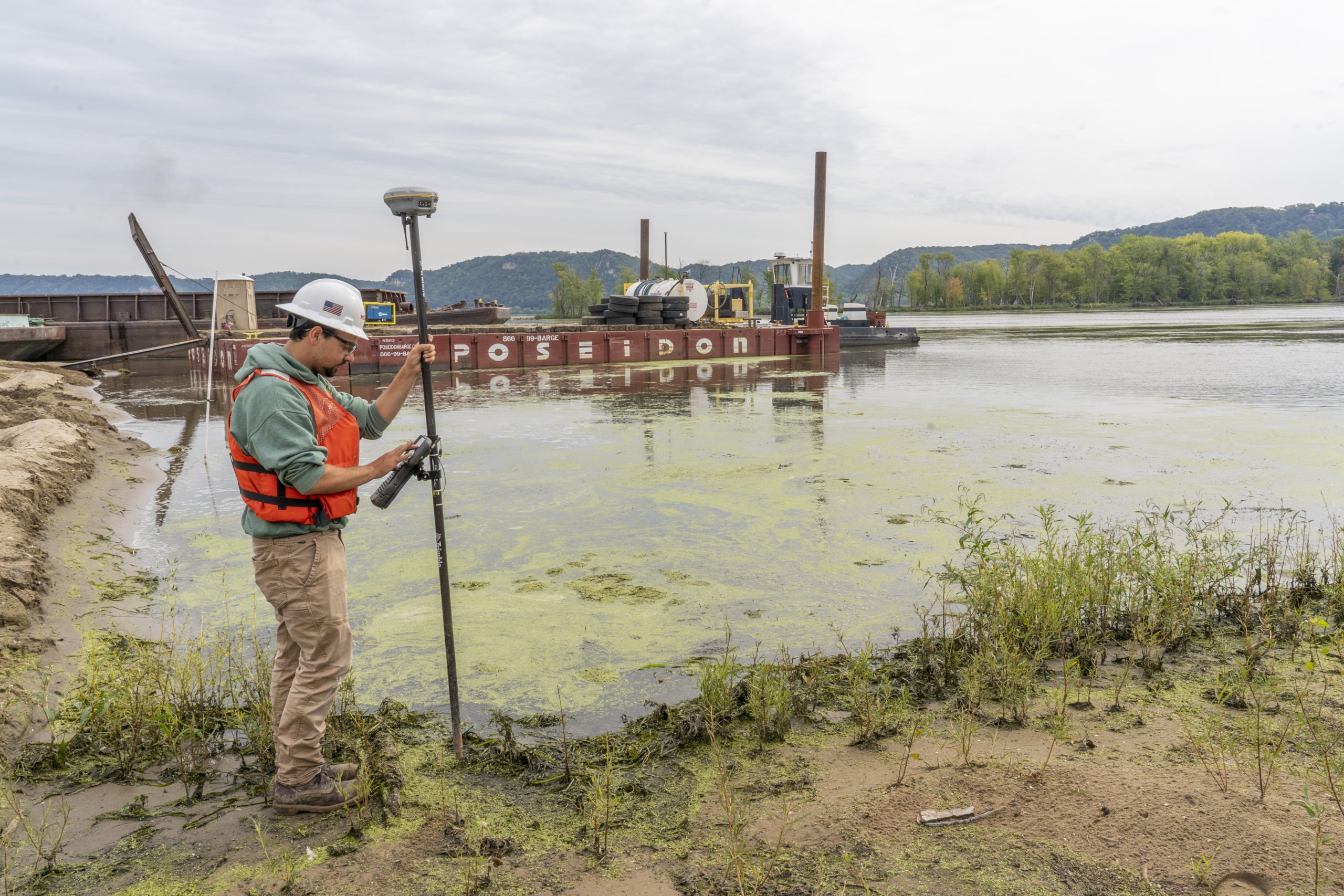
Our Commitment
We firmly believe our commitment to the environment benefits our customers, shareholders and the communities we serve. As we adapt to a changing world, we maintain current practices and find new ways to strengthen our focus on innovative infrastructure solutions and environmentally sound practices.
Sustainability Initiatives
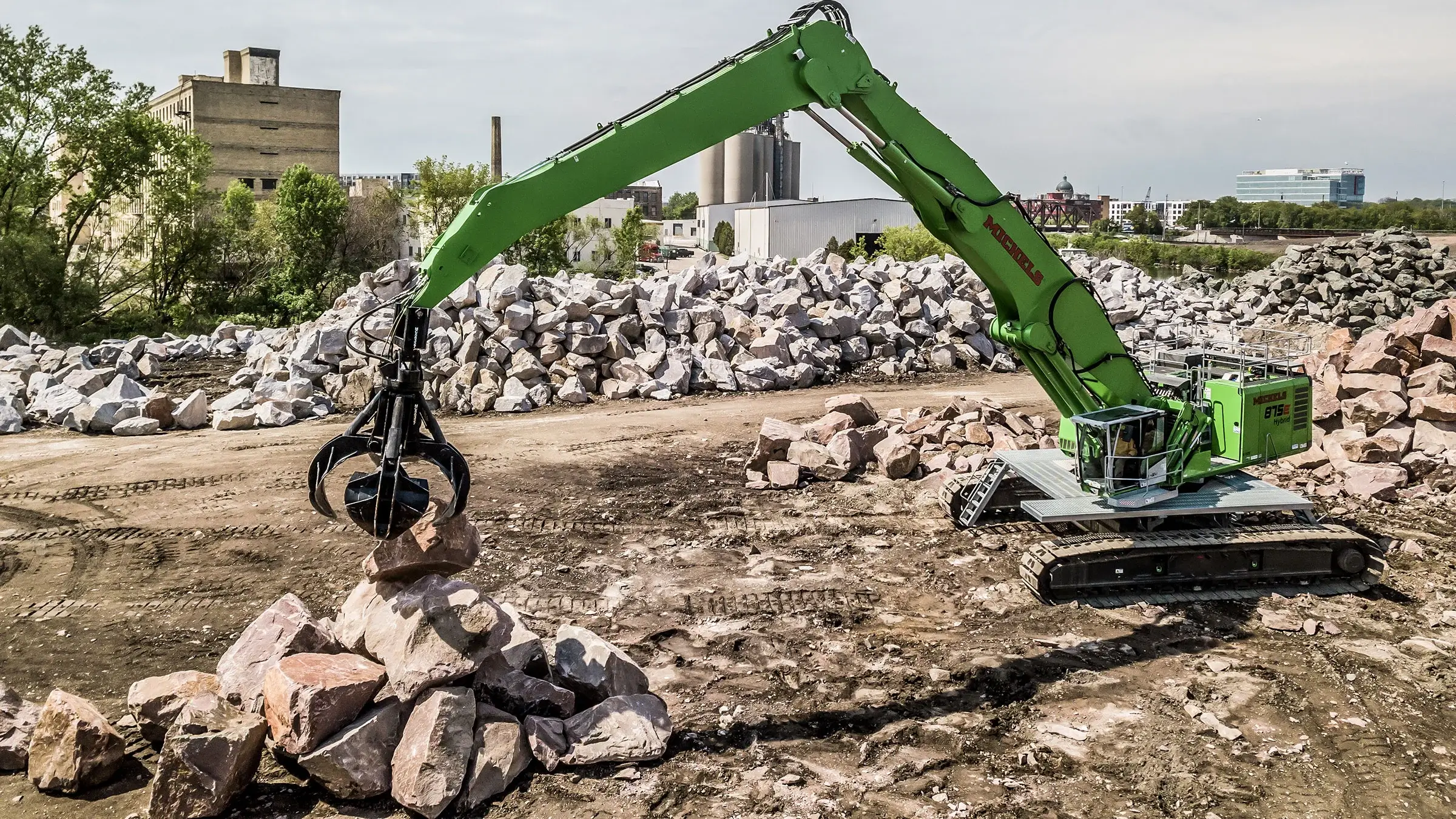
Greenhouse Gas Reduction
On average, Michels replaces 5% of our construction vehicles and equipment with newer units powered by engines that meet or exceed EPA Tier 4 emissions standards.
- Our Core Values
- Core Values in Action
- Living by Core Values
- We Do That ... & More
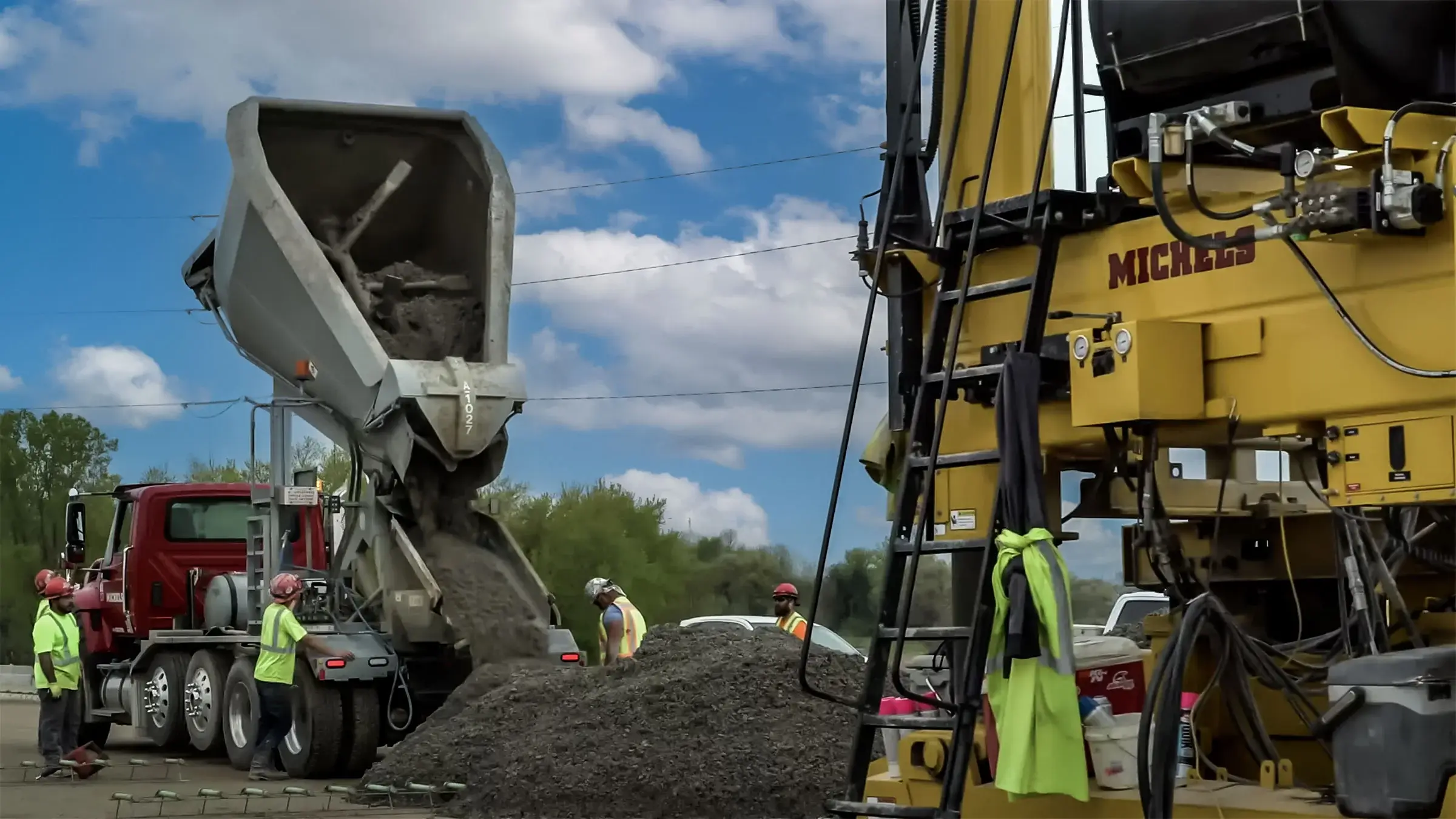
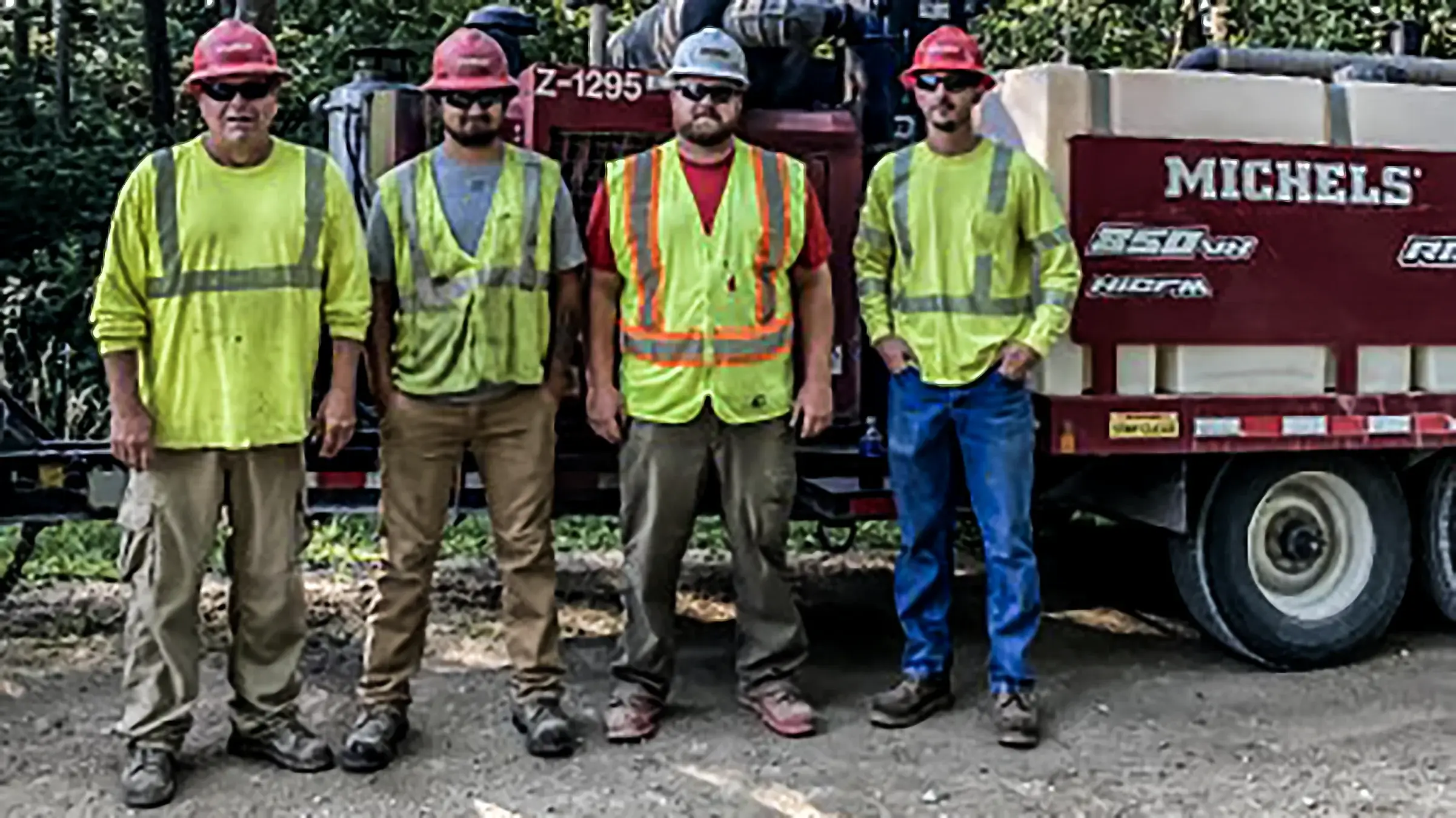
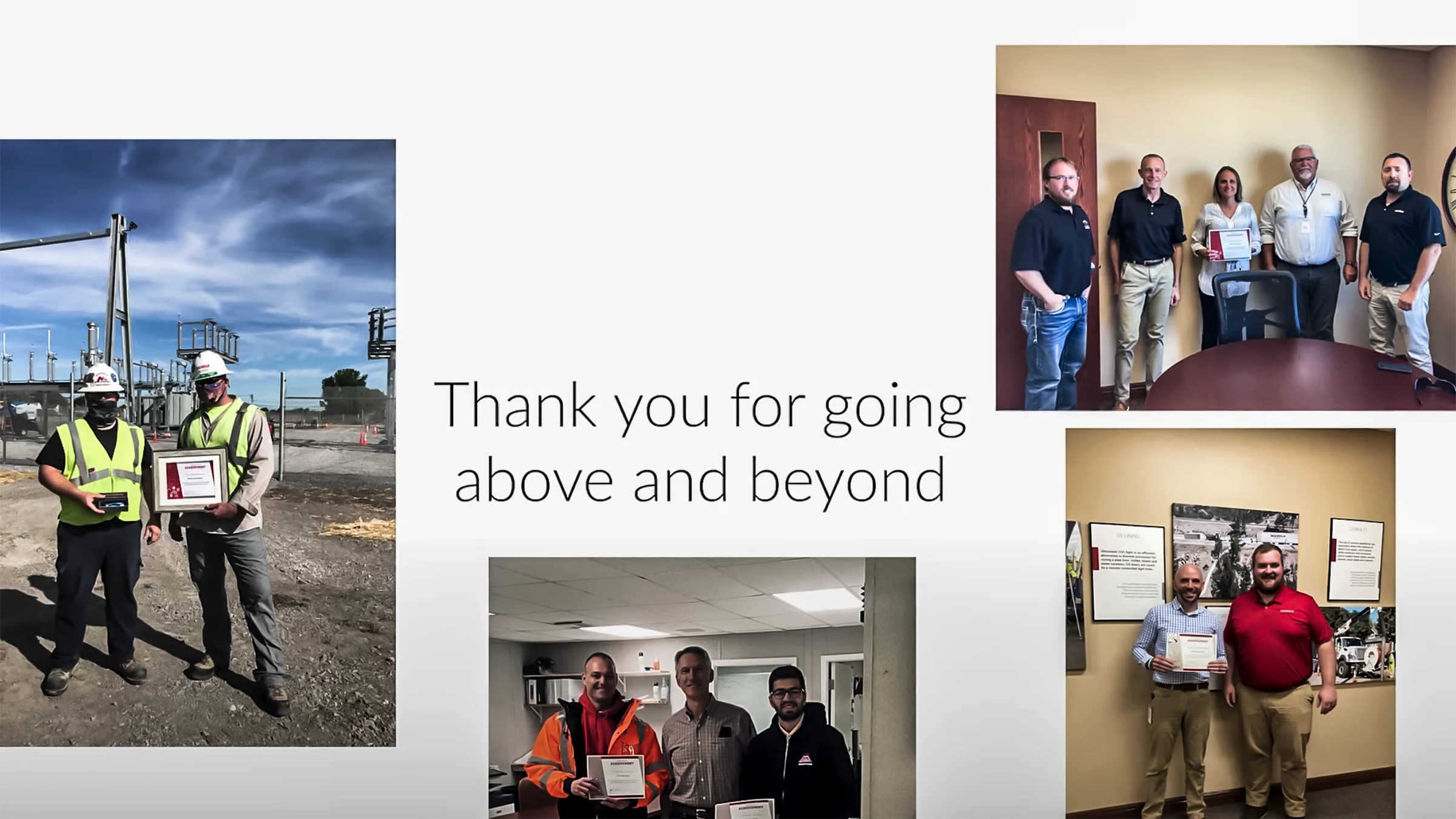
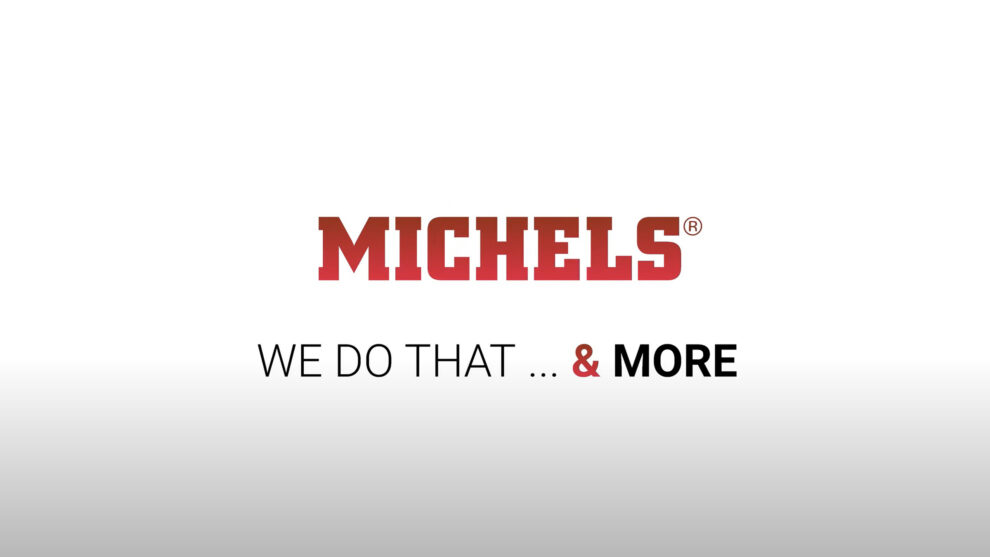
Contact Us
Thank you for taking time to learn more about who we are and what we do. If you need additional information or are in need of a solution not addressed on these pages, please submit a message with your contact information.